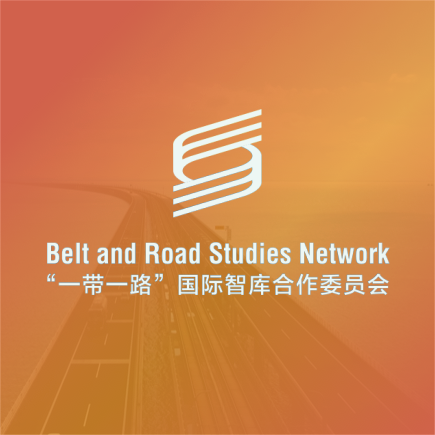
Koh King Kee, President, Centre for New Inclusive Asia (CNIA), Malaysia
Speech at BRSN in Beijing on April 24, 2019
Since the launch of the Belt and Road Initiative by President Xi Jinping in 2013, the world has been abuzzed with the question : What is BRI?
Scholars, corporate captains and government leaders, looking from their own perspective, have come up with different answers. Many described it as a transcontinental development project, but there are some who argued that BRI is China’s grand strategy, a diplomatic offensive designed to expand China’s global influence.
In my view, BRI is but a China-initiated platform for international economic cooperation, based on, but not restricted to, the geographical concept of the ancient Silk Road.
BRI is an unprecedented endeavor in the history of mankind to improve the economic well-being of the people, through betterment in infrastructure and trade and investment connectivity, based on the Silk Road Spirit, that is “ peace and cooperation, openness and inclusiveness, mutual learning and mutual benefit.”
At this juncture, I would like to share with you an excerpt from a 1936 book entitled “The Silk Road” by Sven Hedin, a well known Swedish geographer.
Mr Hedin has this to say about the ancient Silk Road in his book:
“....But a traffic artery such as this, the world’s longest motor-road....should facilitate trade communication...... It should unite two oceans, the Pacific and Atlantic; two continents, Asia and Europe. .... because all saw the enormous importance and advantage of one of the greatest and richest arteries of world trade..... The Chinese government which calls the Silk Road to life again, and opens it to modern means of communication will certainly have done humanity a service and erected a monument to itself.” ( The Silk Road, Page 233 - 234 )
The BRI has indeed revived the ancient Silk Road, and opened it to modern means of communication, and in so doing, in the words of Sven Hedin, “the Chinese government has certainly done humanity a service”.
There is no doubt that the success of BRI depends heavily on government support. However, academics and think tanks could certainly contribute useful inputs to governments on how they could best benefit from BRI.
The establishment of the Belt and Road Studies Network is thus very pertinent and timely!
As BRI enters adulthood, there is a need for a fresh international narrative in the language that is easily and clearly understood by the world, so that BRI’s noble intent and objectives are not misreported or distorted. I believe such a new international narrative explaining BRI’s original objectives, achievements and future directions, would certainly be welcomed by the BRI community.
Harmony in diversity (和而不同) is the bedrock for achieving a community of shared destiny.
President Xi Jinping has repeatedly emphasized that BRI is not a solo by China, but a chorus of all nations. BRSN, with members comprising international scholars of diverse political and cultural backgrounds, is a true reflection of this spirit. I am sure the relevant authority can count on the contribution and support of BRSN in drafting the new narrative.
BRI is China’s offer of public goods to the world by sharing its development experiences, technologies and resources as an emerging economic power.
There is an often-quoted Confucius saying: Take care of yourself when you are poor; Share your wealth with the world when you become well off (穷则独善其身, 达则兼济天下).
Belt and Road Initiative is China’s manifestation of this age-old sharing philosophy in the global stage.
The success of China’s economic reform has shown that transportation infrastructure should be built moderately ahead of market needs, serving as a catalyst of economic growth and not just passively responding to market needs. In fact, America’s construction of the transcontinental railroad in the 1860s and the building of its integrated highway system in the early 20th century have further lent attestation to this argument.
However, there are criticisms and allegations that some BRI infrastructure projects are China’s “debt trap”. Fanned by Western media, the “debt trap” allegation has now attracted considerable followers.
With the completion of early harvest projects, there is an urgent need for scholars and researchers to come up with economic justifications underpinning BRI. An economic theory built upon the success stories of BRI projects will be the most convincing rebuttal of “debt trap diplomacy ”.
I am sure BRSN could draw upon the knowledge and expertise of its members in the formulation of Belt and Road economic theory.
It is hoped that BRSN will convene regular forums and seminars, both inside and outside China, to update members on the progress of BRI, and for members to exchange their research findings and recommendations.
I strongly suggest that BRSN set up regional groupings, such as ASEAN , South Asia, Central Asia, etc., for ease in coordinating regional BRI activities, as well as sharing of relevant information. Such an organizational structure will undoubtedly encourage more active participation from BRSN members.
DISCLAIMER
The views expressed in this article are entirely those of the author(s) own, and not those of the Belt and Road Studies Network (BRSN).
今年1月,新冠疫情突然而至。为了防止疫情扩散,我国采取了史无前例的交通阻断及人流限制措施,这也为我国农业农村经济发展带来了巨大挑战。
